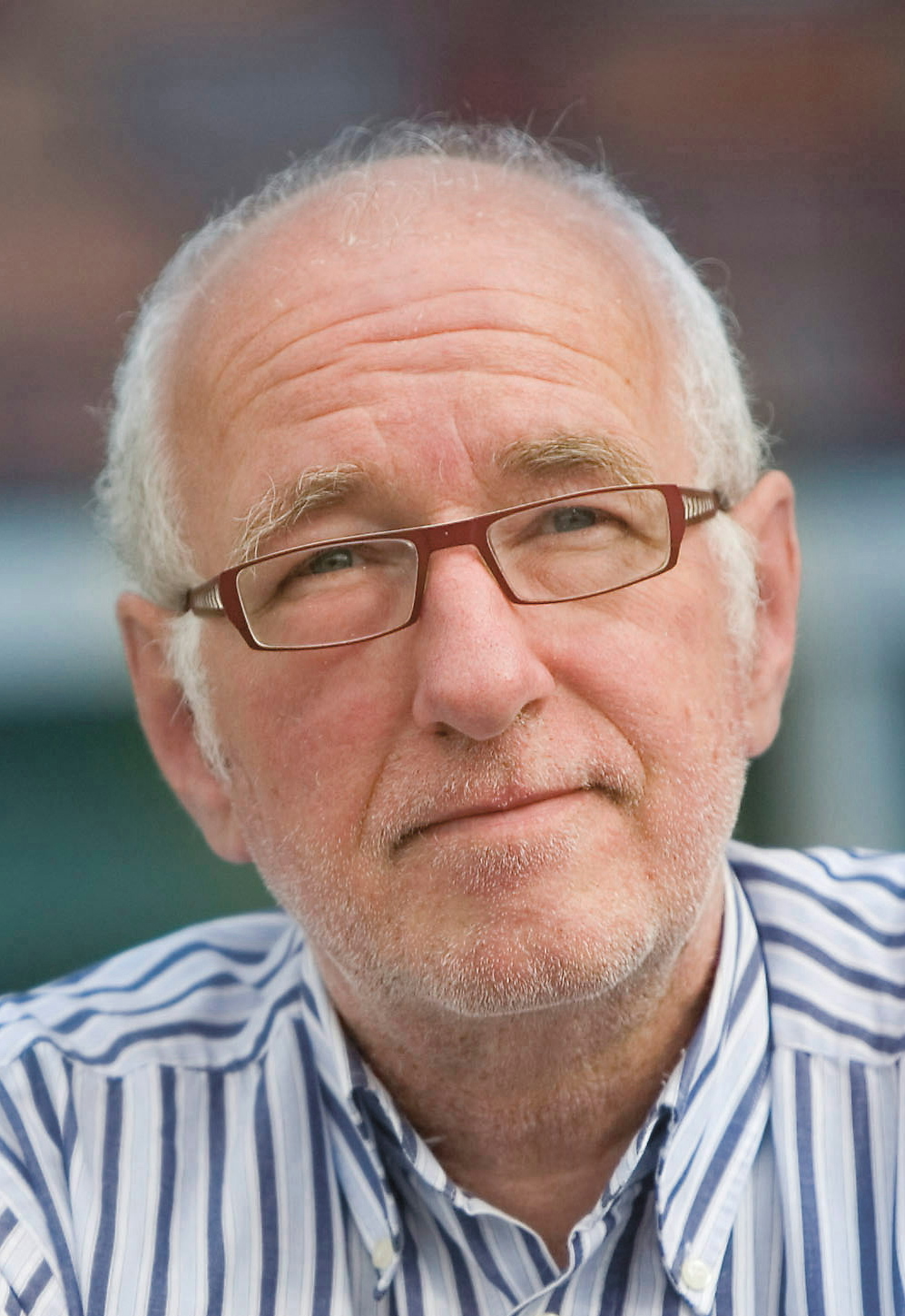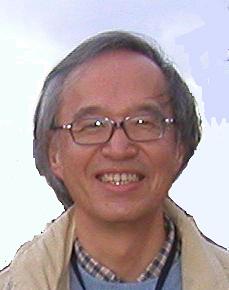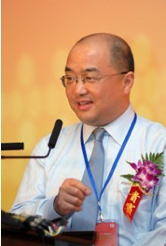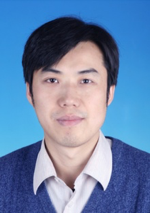Hans van Vliet - Decision making in software architecture
Profesor from VU University Amsterdam
Traditionally, software architecture is seen as the result of the software architecture design process, the solution, usually represented by a set of components and connectors. Recently, the why of the solution, the set of design decisions made by the software architect, is complementing or even replacing the solution-oriented definition of software architecture. This in turn leads to the study of the process of making these decisions. How do people take design decisions? Is that a rational process, whereby people choose the best option at each stage, or is the process a lot more flimsy? In this talk, I explore this and other questions about the nature of the software architecture design process. I also outline some research directions that may help us understand and improve the software architecture design process.

Hans van Vliet is Professor in Software Engineering at the VU University Amsterdam, The Netherlands, since 1986. He got his PhD from the University of Amsterdam. His research interests include software architecture, knowledge management in software development, global software development, and empirical software engineering. Before joining the VU University, he worked as a researcher at the Centrum voor Wiskunde en Informatica (CWI, Amsterdam). He spent a year as a visiting researcher at the IBM Almaden Research Center in San Jose, California. He is the author of “Software Engineering: Principles and Practice", published by Wiley (3rd Edition, 2008). He is a member of IFIP Working Group 2.10 on software architecture, and the Editor in Chief of the Journal of Systems and Software.
Tetsuo Tamai - Product-centered View vs Process-centered View
Professor from Hosei University
Looking back the history of software engineering, we can observe an alternating cycle of interest on product-centered view vs. process-centered view in software research and practices. From the late 1980's to early 1990's, software process became quite an active field. Activities concerning software process were hot in academia as well as in industry. The interest on software process saw its peak in early 1990's but lost the momentum soon. Then came the fever on software architecture. The book “Software Architecture” by M. Shaw and D. Garlan was published in 1996 and widely read. Design patterns and application frameworks drew attention about the same time, which together indicate a shift of interest from process to product. In 2000's, the interest on processes revived. One phenomenon is the upsurge of interest on the agile process. As software product lines (SPL) contains the word product in the term, it deals with a variety of products but its focus is also on the process of managing a collection of similar software production lines. In this talk, I'd like to give a perspective on the alternating cycle of interest on product-centered view vs. process-centered view and then characterize SPL in this framework.

Tetsuo Tamai received the B.S., M.S. and Dr.S. degrees in mathematical engineering from the University of Tokyo.
He joined Mitsubishi Research Institute, Inc. in April 1972 and had been the manager of Artificial Intelligence Technologies Section from October 1985 to March 1989. He became Associate Professor of Graduate School of Systems Management, the University of Tsukuba in 1989. He then became Professor of Graduate School of Arts and Sciences, the University of Tokyo in 1994. He retired from the University of Tokyo in March 2012 and moved to Faculty of Science and Engineering, Hosei University in April 2012.
His current research includes requirements engineering, high reliability component-based software engineering, collaboration and role modelling, formal analysis of software architectures and software evolution process.
He has been contributing to the activities of Japan Society for Software Science and Technology for a long time as a board member and as the Editor-in-Chief of its journal "Computer Software." He served as the Program Chair of JSSST 20th anniversary conference in September 2003. He was an associate editor of ACM Transactions on Software Engineering and Methodology (TOSEM) in 2004-2008, an associated editor of IEEE Transactions on Software Engineering (TSE) in 2008-2013, and on the editorial board of Information and Software Technology (Elsevier) since 1995. He was a member of the executive committee of ACM SIGSOFT as an International Liaison from 2001 to 2008 and also a past chair of Special Interest Group on Software Engineering, Information Processing Society of Japan and a past chair of the Software Engineers Association, Japan.
He has been sharing responsibilites of a number of international academic conferences, serving Program Committees of ICSE's, RE's, ESEC/FSE's, ICSM's and many others and Steering Committee of APSEC, ICFEM and IWPSE. In 2008, he was Program Chair of the 16th IEEE International Conference on Requirements Engineering held in Barcelona, Spain.
Huaimin Wang - TRUSTIE: Towards Software Production based on Crowd wisdom
Professor from National University of Defense Technology
Software development is either creation activities that rely on developers' creativity and talents, or manufacturing activities that follow the engineering processes. Engineering processes need to include creation activities to address tasks such as requirement elicitation and bug finding. On the other hand, by exploiting the crowd wisdom, open-source development demonstrated to be a suitable environment for software creation. However, it also has several limitations, such as guaranteeing the progress and quality of production process. This talk will introduce a software development platform and ecosystem that combines the strengths of the two models. First, we propose the Trustworthy Software Model as a basis to support such a hybrid development ecosystem. The core of this model contains a novel lifecycle model, an evidence model and an evolution model. Second, based on the model, we propose the Trustworthy Software Development and Evolution Service Model. It integrates from crowd collaboration, resource sharing, runtime monitoring, and trustworthiness analysis into an integrated framework. Based on this integrated model, we designed and implemented TRUSTIE, which enables crowd-oriented collaboration among internal development teams and the external crowds by combining the software creation and software manufacturing in one ecosystem.

Huaimin Wang received his Ph.D. in Computer Science from National University of Defense Technology (NUDT). He is now a professor. His current research interests include distributed computing technologies and systems, crowd-based software engineering and trustworthy software. He has been awarded the “Chang Jiang Scholars Program” professor by Ministry of Education of China, the Distinct Young Scholar by the National Natural Science Foundation of China, the “Ten Thousand Talent Program”, and the fellow of China Computer Federation (CCF). He has worked as the director of National High Technology Research and Development Program of China, and chaired more than 20 research projects. He has published more than 200 research papers in international conferences and journals. He was program co-chair of COMPSAC’2003, SRDS’2006-2007, SOSE’2013, iVCE’2009-2013, CNCC’2013, and invited to give keynotes in many important conferences and forums. He was on the Editorial Board of Journal of Software, Science Communications, Journal of Computer Science and Technology, Journal of Computer Research and Development.
Dayong Jiang - Software Development Trend and Practice in the Cloud Era
Vice President of IT R&D Dept, Huawei Technologies Co. Ltd.
Now we are in the cloud era. The cloud architecture fully supports the digital transformation of all industry. Software development faces new challenges, such as business agility requirements (weeks level), the sharp increase in the scale of software source code (tens of millions of rows), ecological management issues, compatibility issues of open source, etc. How to enhance the efficiency of software development and tools enablement, it will be a challenge to products and solutions providers. Huawei will share how to innovate and practices in these technology trends.

Mr Jiang joined Huawei in 1999 and have been worked in the R&D area for 16 years.
He involved in and was responsible for the products & solutions of telecommunications and information and technology, such as A8010, UMG8900, DC² and so on.
He was in charge of R&D projects that thousands of people involved in per month. He has played a role of engineer, project manager, test manager, project leader, line manager, product development unit director, develop unit manager, quality director, VP of R&D and so on. And he has an understanding of quality management, project management, team management and R&D model.

